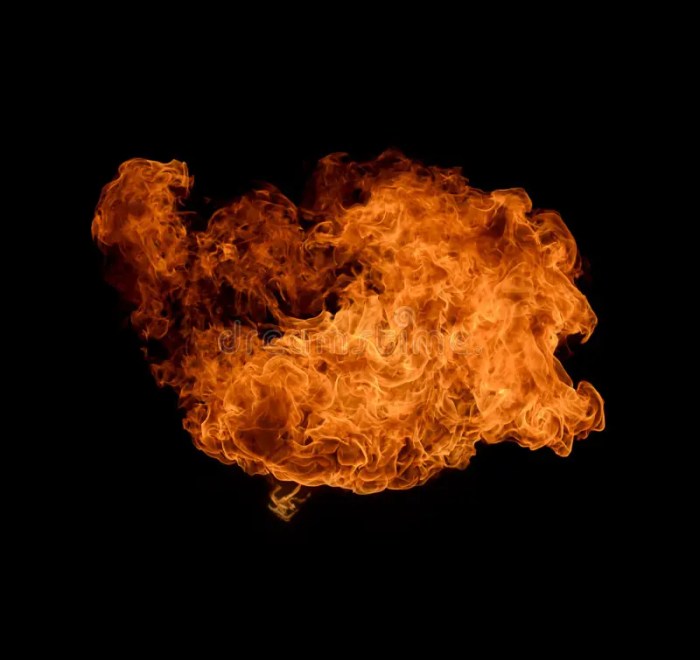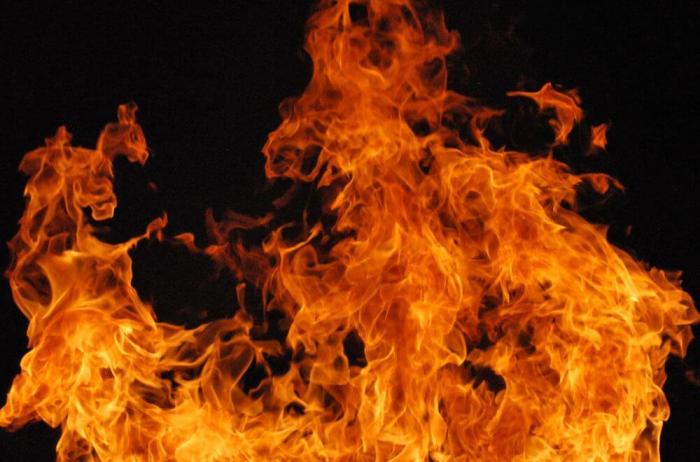What is a flash fire – Flash fires, characterized by their rapid spread and intense heat, pose significant hazards in various settings. This article delves into the nature of flash fires, exploring their causes, prevention measures, and appropriate responses to minimize their risks.
Flash fires often result from the ignition of flammable materials, such as vapors, dust, or gases, leading to a sudden and explosive release of energy.
Definition of a Flash Fire

A flash fire is a rapid, intense fire that occurs when a flammable gas or vapor ignites in a confined space. These fires are characterized by their sudden onset, rapid spread, and high temperatures, which can quickly engulf an area and pose a significant danger to individuals and property.
Flash fires can be caused by a variety of materials, including flammable liquids, gases, and dusts. Common sources of flash fires include gasoline, propane, methane, and sawdust. These materials can ignite when they come into contact with an ignition source, such as a spark or flame.
Flash fires can be extremely dangerous due to their rapid spread and high temperatures. The intense heat can cause severe burns and can also lead to explosions, which can further increase the damage and risk to life and property.
Causes of Flash Fires

Flash fires can be caused by a variety of factors, including:
- Improper storage and handling of flammable materials: Storing flammable materials in unapproved containers, overfilling containers, or not properly ventilating storage areas can increase the risk of flash fires.
- Ignition sources: Open flames, sparks, or other ignition sources can ignite flammable materials, leading to a flash fire.
It is important to take precautions to prevent flash fires by properly storing and handling flammable materials, eliminating ignition sources, and providing adequate ventilation.
Prevention of Flash Fires
There are a number of steps that can be taken to prevent flash fires, including:
- Store flammable materials in approved containers and in well-ventilated areas.
- Do not overfill containers and keep them closed when not in use.
- Eliminate ignition sources, such as open flames or sparks, from areas where flammable materials are stored or used.
- Provide adequate ventilation to prevent the accumulation of flammable vapors or gases.
- Install fire suppression systems, such as sprinklers or fire extinguishers, to help control and extinguish fires in the event of a flash fire.
By following these precautions, the risk of flash fires can be significantly reduced.
Response to Flash Fires: What Is A Flash Fire

In the event of a flash fire, it is important to take the following steps:
- Stay calm and evacuate the area immediately.
- Do not attempt to fight the fire yourself.
- Call the fire department and provide them with the location and nature of the fire.
- If possible, use a fire extinguisher to help control the fire until the fire department arrives.
By following these steps, you can help to minimize the risk of injury or death in the event of a flash fire.
Common Queries
What are the common causes of flash fires?
Improper storage and handling of flammable materials, ignition sources such as open flames or sparks, and inadequate ventilation can contribute to flash fires.
How can I prevent flash fires?
Store flammable materials safely, maintain proper ventilation, ensure electrical safety, and install fire suppression systems to minimize the risk of flash fires.
What should I do if a flash fire occurs?
Stay calm, evacuate the area immediately, and if possible, use a fire extinguisher to suppress the flames.
